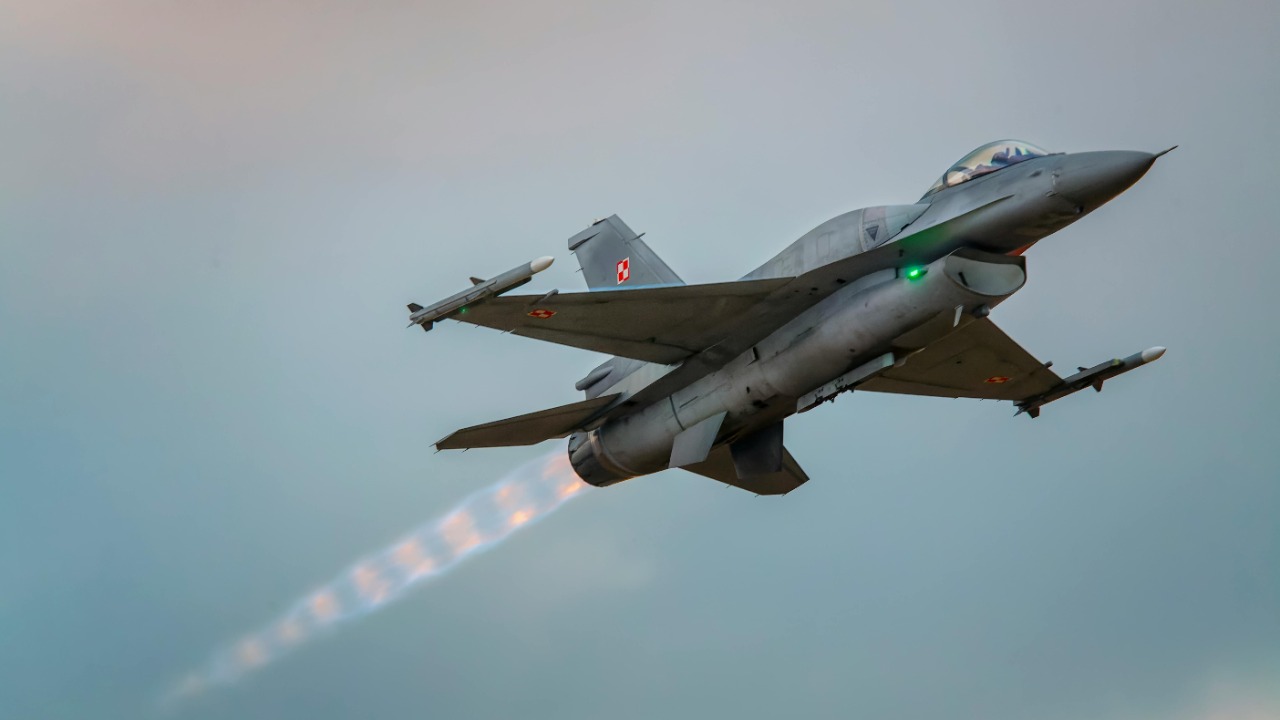
Advanced avionics, cutting-edge systems, and stealth technologies are continuously transforming the F-16 into a formidable fighter jet. These advancements ensure that the F-16 remains relevant in modern warfare, adapting to new challenges and mission requirements. Below, I highlight seven key ways the F-16 is evolving.
Advanced Avionics Upgrades
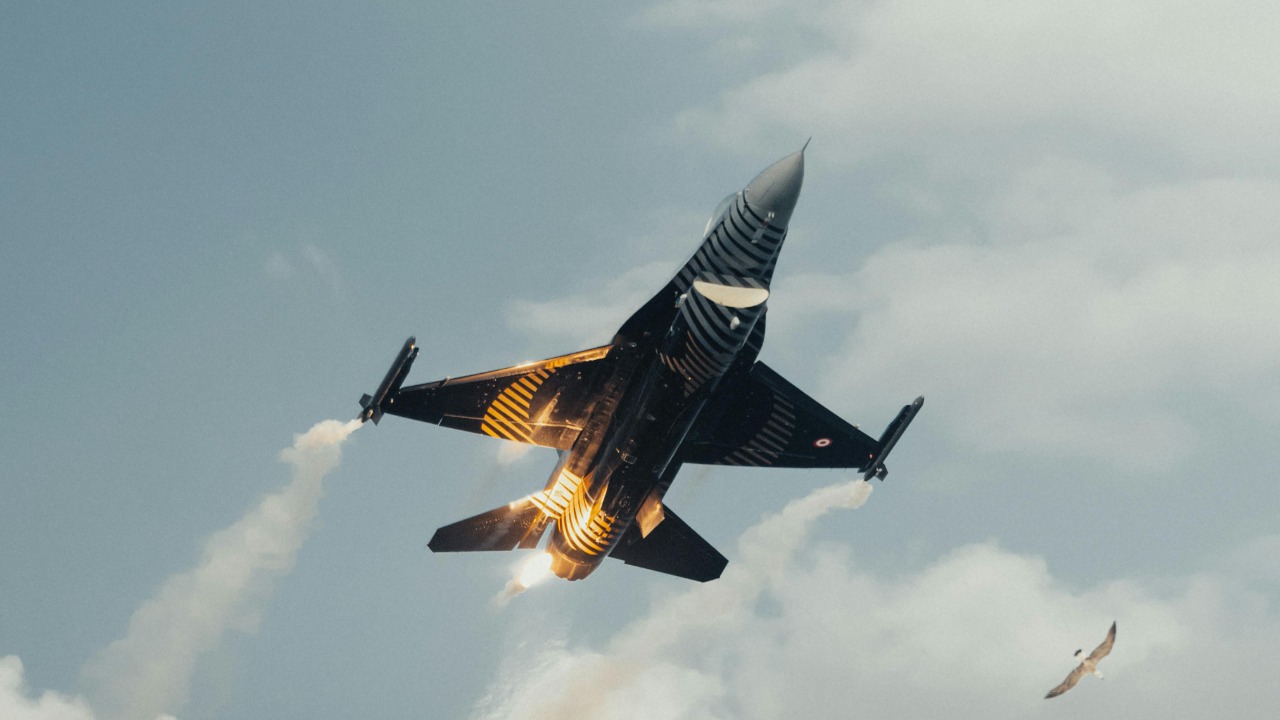
The F-16 has received numerous avionics upgrades over the years to enhance its operational capabilities. These upgrades include next-generation displays and processing systems that improve situational awareness for pilots. By incorporating digital flight controls and advanced cockpit interfaces, the F-16 ensures pilots can execute missions with precision and efficiency.
Modern avionics systems allow for seamless integration with other aircraft and ground forces, providing real-time data sharing and communication. This integration is pivotal in complex combat scenarios where coordination and quick decision-making are crucial. The continuous advancements in avionics keep the F-16 competitive in the ever-evolving landscape of aerial warfare.
Enhanced Radar Systems
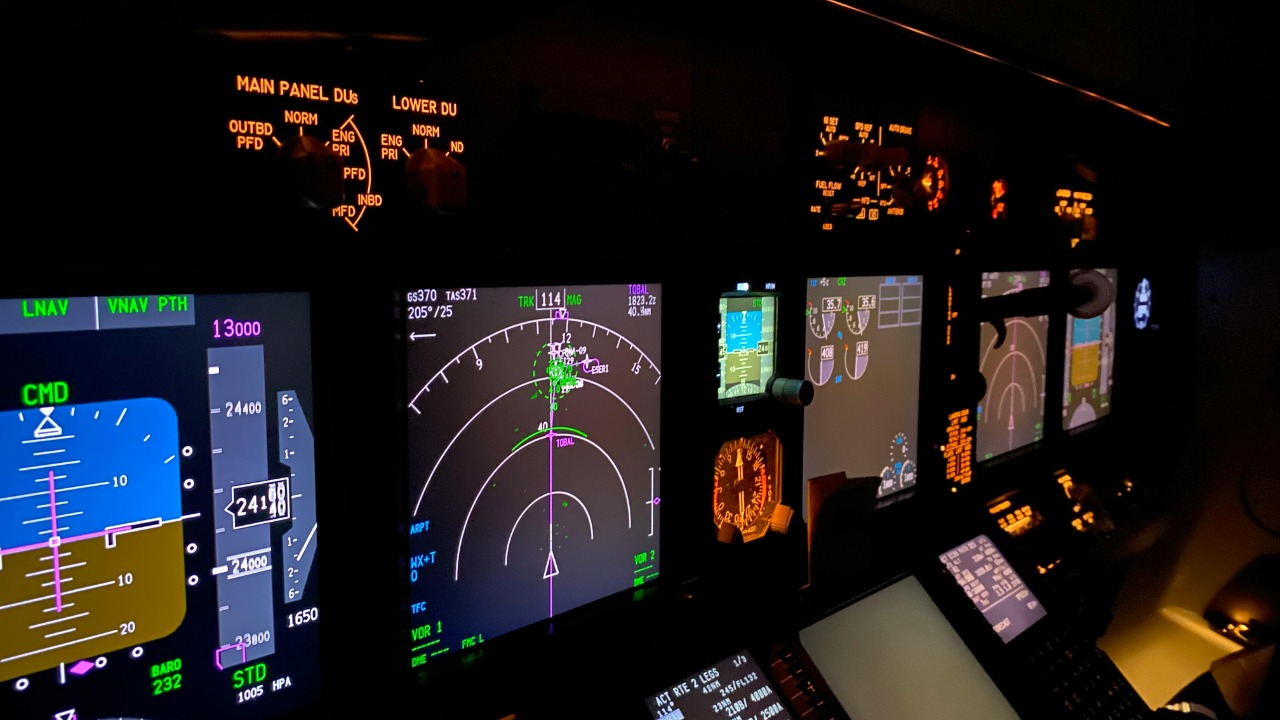
The F-16 has seen significant improvements in its radar systems, transitioning to active electronically scanned array (AESA) radars. AESA technology offers increased range, better target detection, and enhanced tracking capabilities, making it a vital component of the F-16’s modernization efforts. These radars are more reliable and efficient, reducing maintenance needs and increasing mission readiness.
Additionally, AESA radars provide the F-16 with advanced electronic warfare capabilities, including jamming and countermeasure deployment. This technology is crucial for maintaining air superiority against modern threats and ensuring the F-16 remains a formidable adversary in the skies.
Integration of Smart Weapons
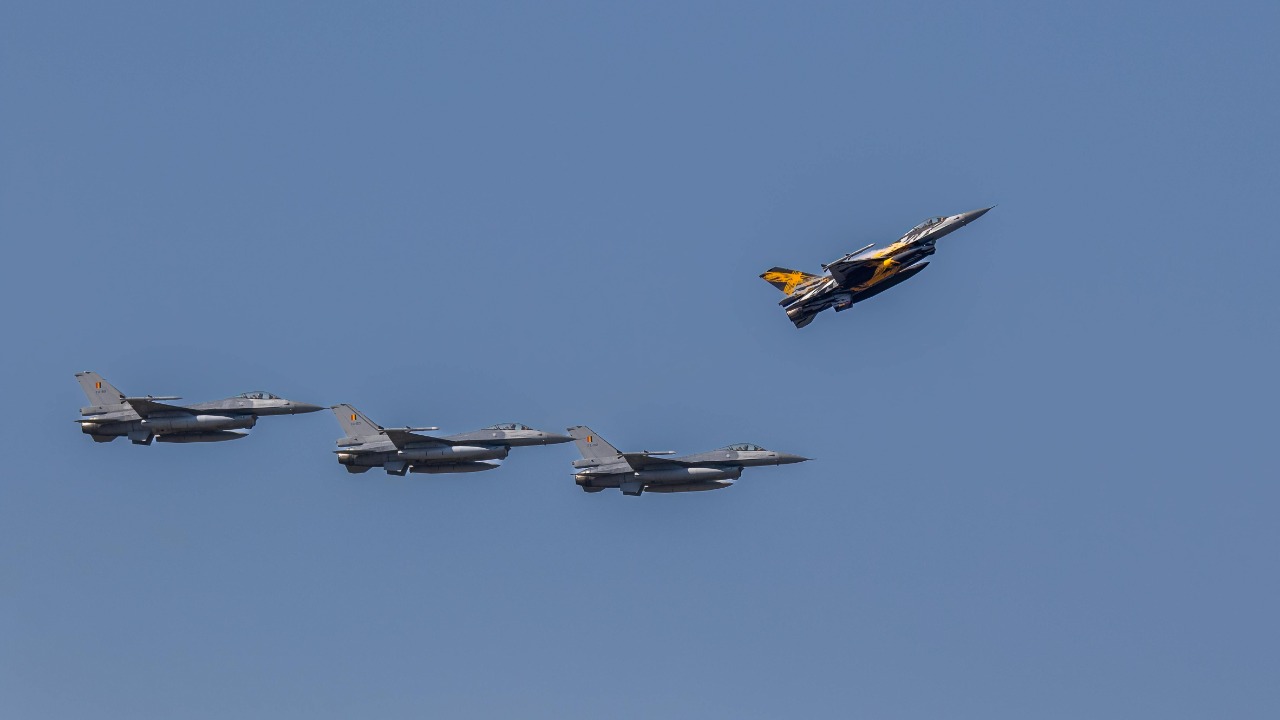
The F-16’s ability to integrate smart weapons is a testament to its adaptability in modern combat scenarios. These weapons include precision-guided munitions and air-to-air missiles, allowing the F-16 to engage targets with remarkable accuracy. The incorporation of smart weapons enhances the aircraft’s lethality and ensures mission success.
By upgrading its weapons systems, the F-16 can engage a variety of targets, from enemy aircraft to ground installations, effectively. This versatility makes the F-16 a critical asset in both offensive and defensive operations, maintaining its relevance on the battlefield.
Improved Engine Performance
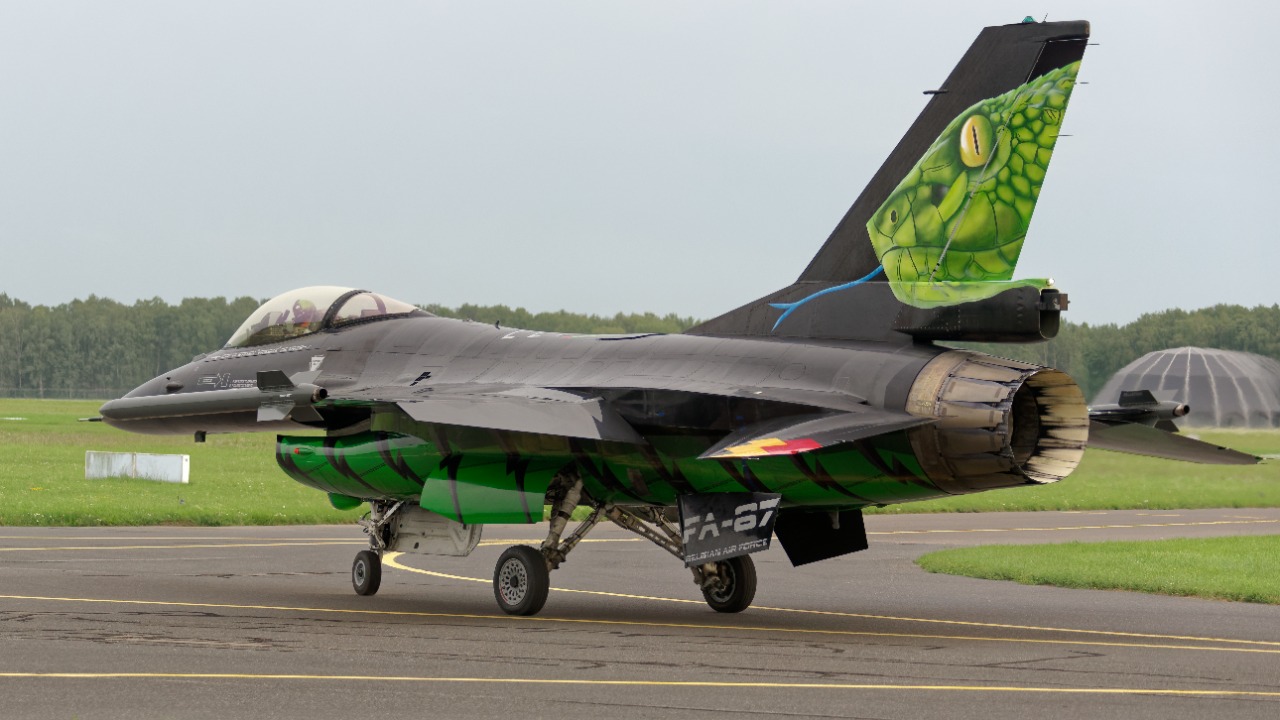
Ongoing enhancements in engine technology have significantly improved the F-16’s performance and efficiency. Modern engines provide greater thrust, allowing the aircraft to achieve higher speeds and improved maneuverability. These advancements ensure that the F-16 remains a competitive force in aerial combat.
In addition to performance gains, upgraded engines offer improved fuel efficiency, extending the F-16’s operational range. This capability is essential for missions that require extended patrol or engagement times, providing the aircraft with greater operational flexibility.
Stealth Technology Adaptations
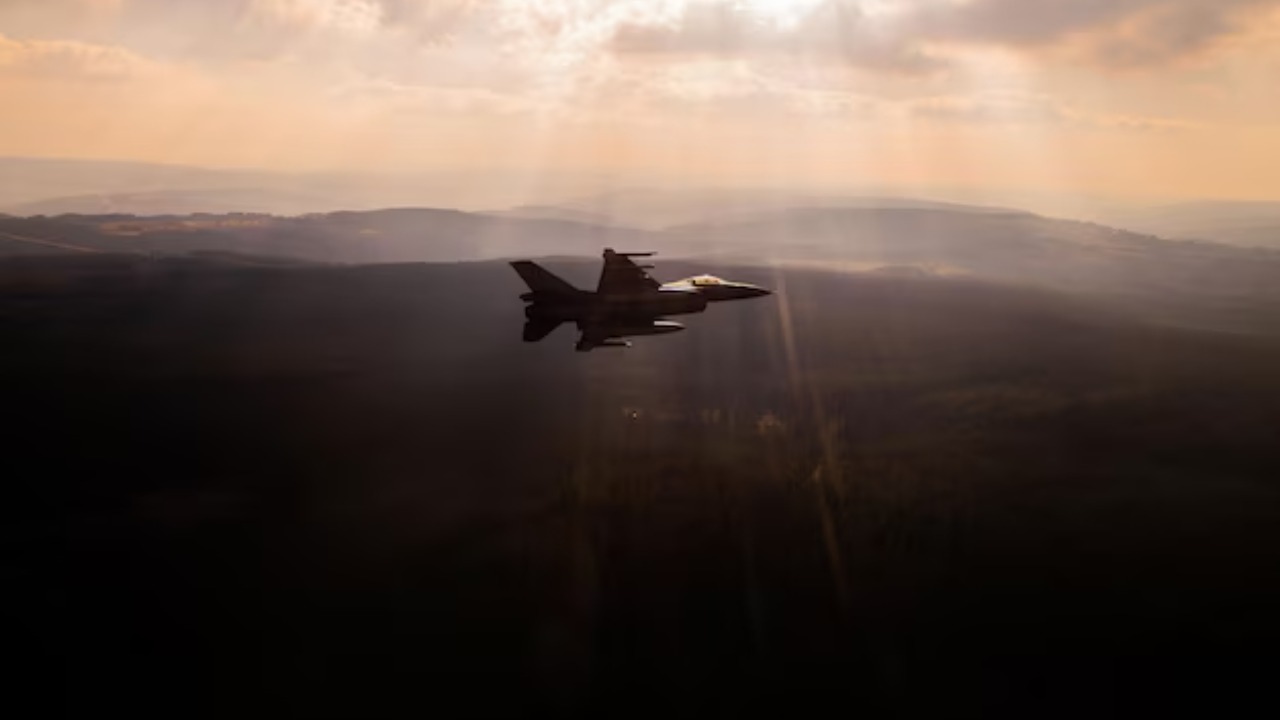
While the F-16 was not originally designed as a stealth aircraft, recent adaptations have incorporated stealth technologies to reduce its radar cross-section. These adaptations include the use of radar-absorbing materials and modifications to the aircraft’s design to minimize its detectability.
These stealth enhancements allow the F-16 to operate in contested environments with reduced risk of detection. By integrating stealth technologies, the F-16 can approach targets undetected, increasing the likelihood of mission success and pilot safety.
Upgraded Communication Systems
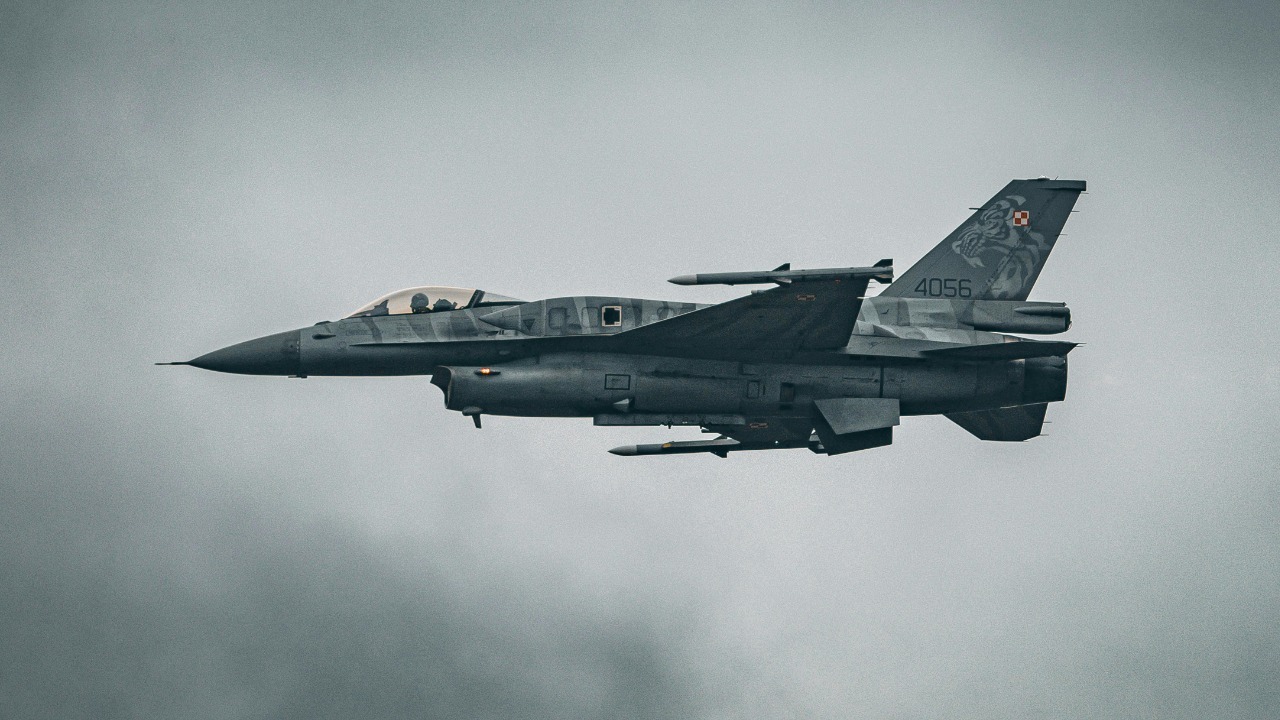
Communication systems in the F-16 have been upgraded to enhance connectivity and data sharing capabilities. These systems provide secure and reliable communication channels, enabling the F-16 to integrate seamlessly with other aircraft and ground command centers.
With advanced communication systems, the F-16 can participate in network-centric warfare, where information superiority is a critical advantage. By staying connected, pilots can receive real-time updates and make informed decisions, improving overall mission effectiveness.
Pilot Training and Simulation Innovations

The evolution of the F-16 extends beyond the aircraft itself, with significant advancements in pilot training and simulation technologies. Modern simulators provide realistic training environments, allowing pilots to hone their skills without the risks associated with live training exercises.
These simulation innovations enable pilots to practice complex scenarios and develop proficiency in operating the advanced systems onboard the F-16. By investing in state-of-the-art training tools, the air force ensures that F-16 pilots are well-prepared to face the challenges of modern aerial warfare.